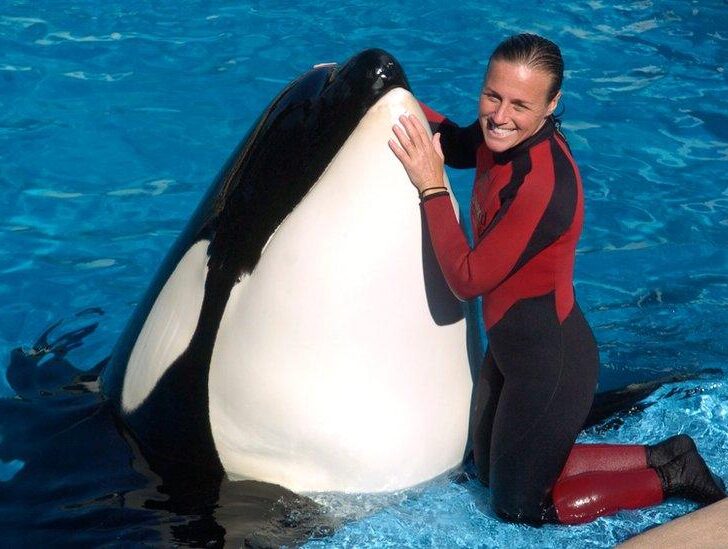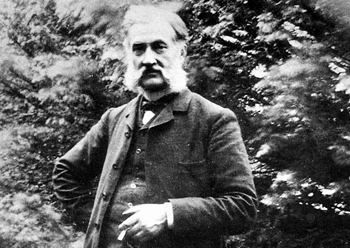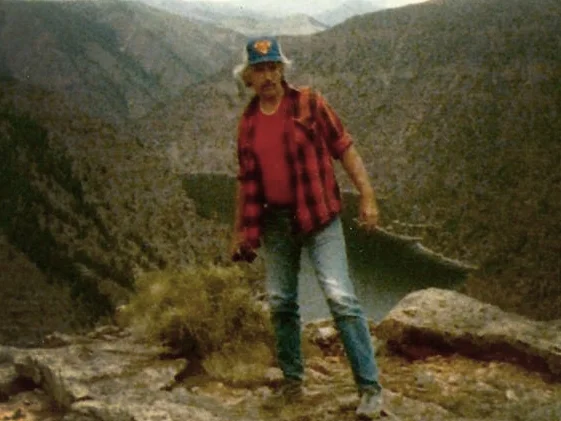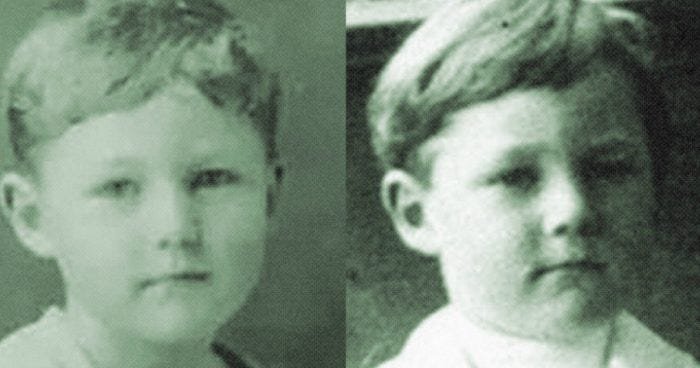In the vast tapestry of human history, there exist moments so profound and haunting that they are forever etched in our collective memory.
These moments, captured in the blink of an eye, tell a story of tragedy, resilience, and the indomitable spirit of humanity.
Today, we embark on a journey through time, exploring the most chilling photos from history that serve as a stark reminder of the fragility and beauty of life.


In 1985, a Colombian girl named Omayra Sánchez found herself trapped in a volcanic mudflow, her body submerged up to her waist. Despite the efforts of volunteers and rescuers who worked tirelessly to provide comfort and support, Omayra succumbed to her situation after enduring 60 hours of unimaginable suffering.
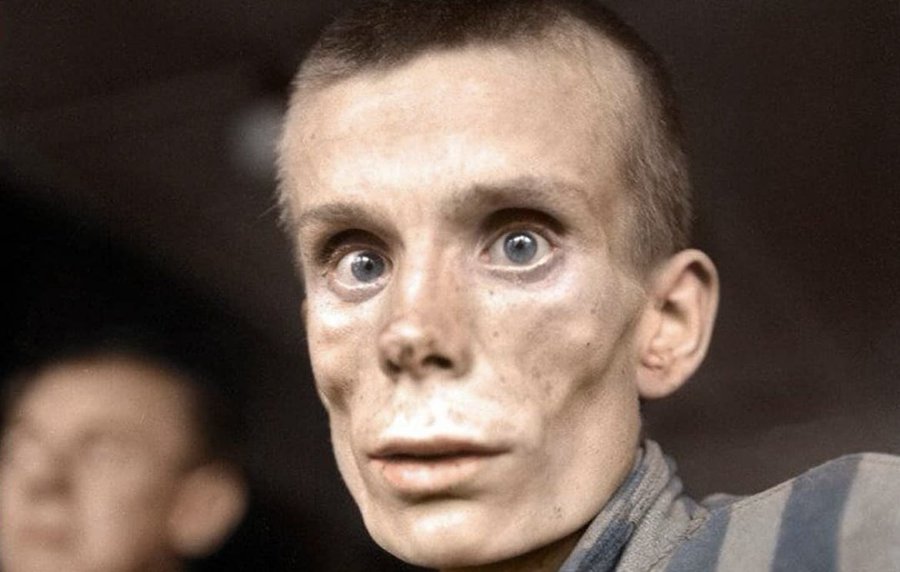
The haunting look of an 18-year-old Russian girl after being liberated from Dachau, April 29, 1945.

Captured on the 26th of December 2004, this image shows tourists fleeing from the tsunami waves that followed the devastating Indian Ocean earthquake. The disaster resulted in the tragic loss of more than 220,000 lives.

This chilling image depicts Nadia and Bassem Choucair, trapped in their apartment on the 22nd floor of Grenfell Tower during the horrific fire of 2017. Tragically, the couple, along with their three daughters and Nadia’s mother, lost their lives in the devastating incident.
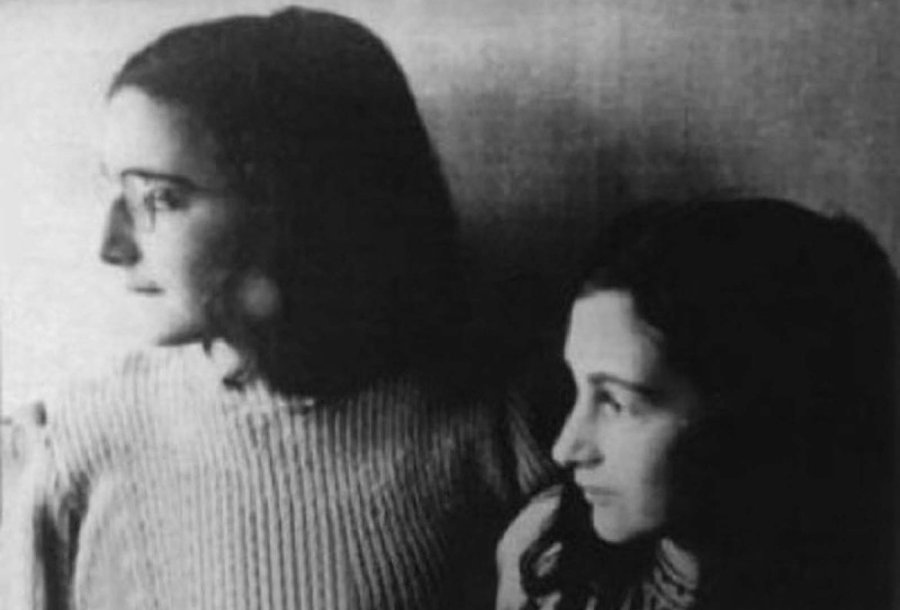
This image is thought to be the final photograph of Anne Frank, captured alongside her sister Margot in 1942. Anne tragically succumbed to typhus at just 15 years old while imprisoned at the Bergen-Belsen camp.
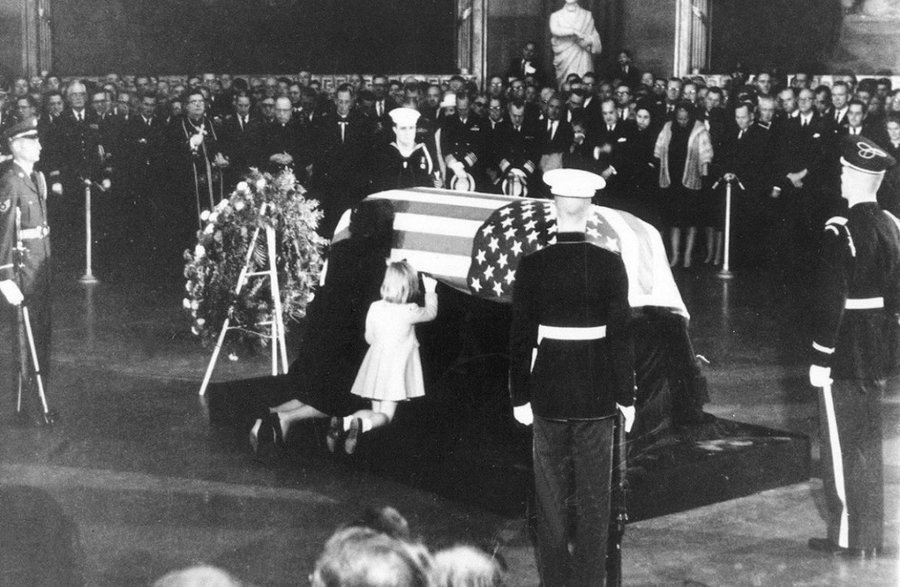
This photograph, taken on November 24th, 1963, captures a poignant moment as Jackie Kennedy tenderly kisses the casket of John F. Kennedy, in the Capitol rotunda.
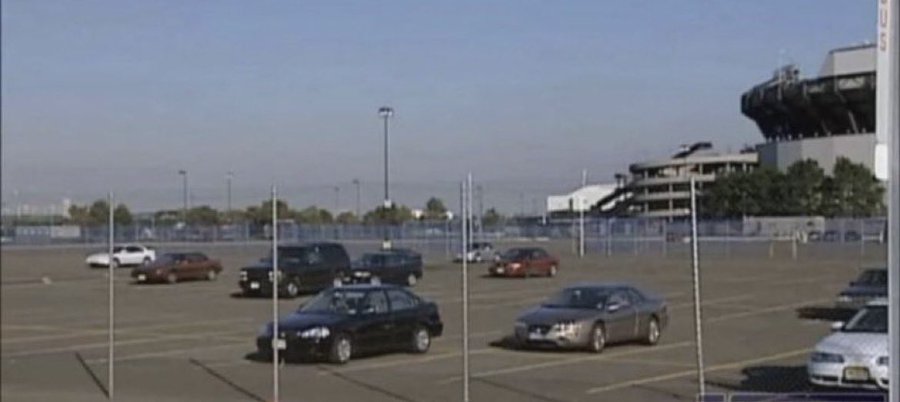
Cars of victims that never left the Giants stadium commuter lot after September 11, 2001.
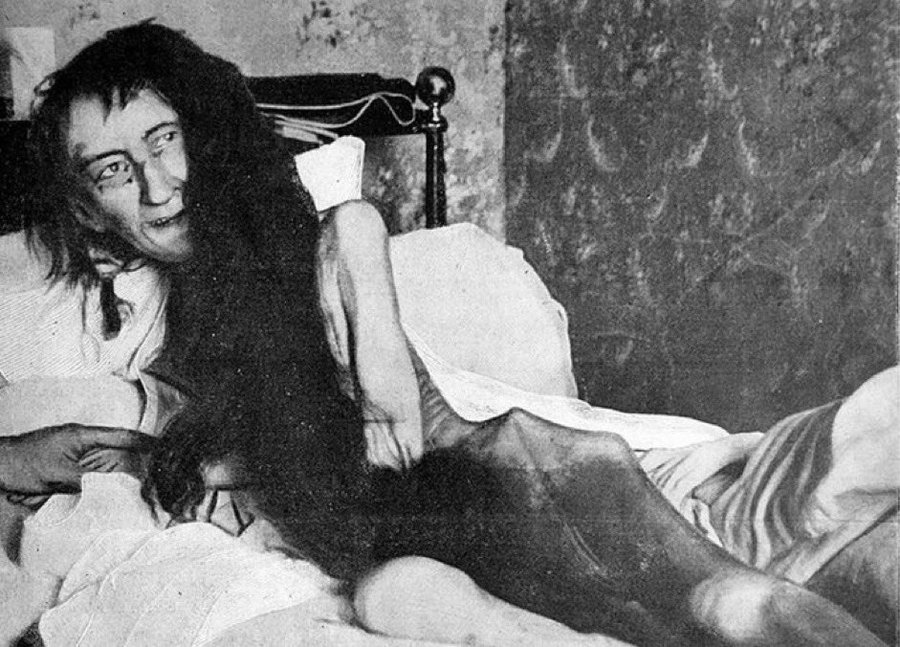
This image captures Blanche Monnier shortly after her rescue from a locked room in her mother’s home, where she had been held captive for 25 years. Her imprisonment was a result of her mother’s disapproval of Blanche’s relationship with a lawyer who was not wealthy.

A member of law enforcement distracting a little girl after her father lost his life in a car accident.

In 2015, Daylenn Pua decided to tackle the Haiku Stairs, popularly dubbed the “Stairway to Heaven.” He disappeared during his trek. Here’s his last photo, and guess what? There’s a mysterious dude seemingly tailing him.

Seawater splashes into the air as the initial tsunami waves strike Ao Nang, in Krabi Province, Thailand, during the devastating 2004 Indian Ocean earthquake and tsunami, which claimed over 220,000 lives.

This terrifying photo reveals the moment Melora Rivera climbed onto her roof to hide from home intruder only for him to appear behind her.

On March 31, 2006, Brian Shaffer, a medical student at Ohio State University, was at a bar with friends to celebrate the beginning of spring break. He became separated from his group that evening, and it was initially presumed he had returned home. However, upon reviewing the bar’s surveillance footage, it was discovered that Brian Shaffer was not captured on camera leaving the establishment. He has been missing ever since, with the last known image of him being from the bar’s CCTV shortly before his disappearance.

Two construction workers pose for a photo with the World Trade Center towers on September 11, 2001.

The view from the B-29 Bomber Enola Gay moments after it dropped the first wartime atomic bomb on Hiroshima, Japan. 1945. The explosion immediately claimed the lives of an estimated 80,000 people.
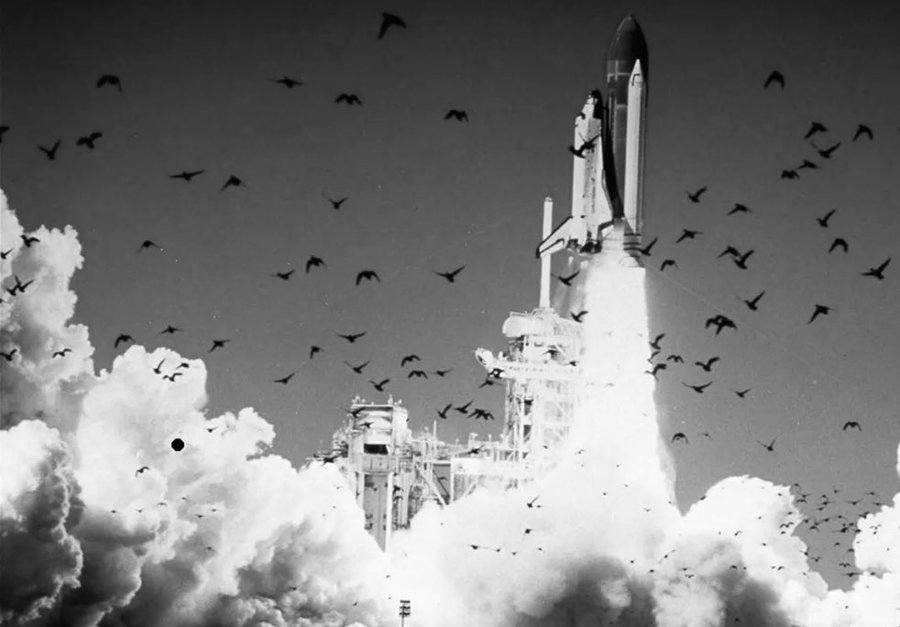
Space Shuttle Challenger launches moments before exploding, 1986.
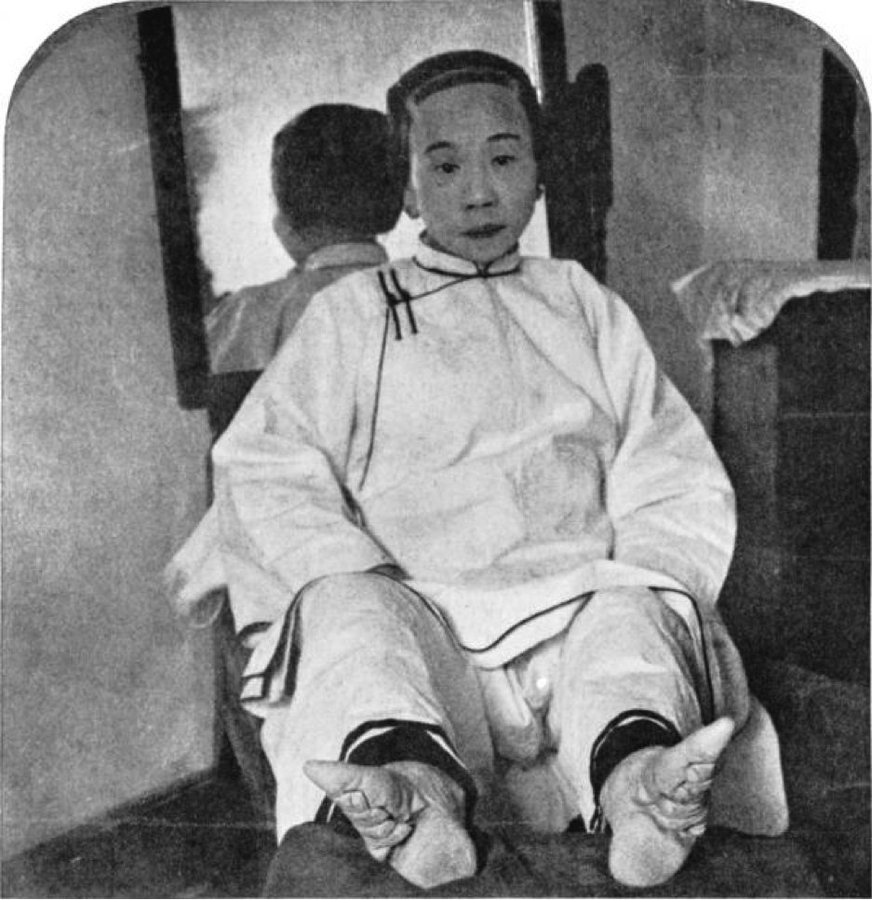
This image depicts a Chinese woman whose feet were subjected to binding from her childhood, a practice common in the late 19th century.

Final image of Janet Johnson. Johnson, along with John Cooper, met a tragic and unexplained end during their ascent of Aconcagua, the tallest peak in the Western Hemisphere, back in 1973. This photograph emerged from a film roll discovered within Johnson’s camera, which was recovered on the mountain in 2020.

In 1919, a massive storage tank in Boston’s North End ruptured, unleashing a torrent of molasses that resulted in the passing of 21 individuals and left 150 others injured. This catastrophic incident came to be known as the Great Molasses Flood.
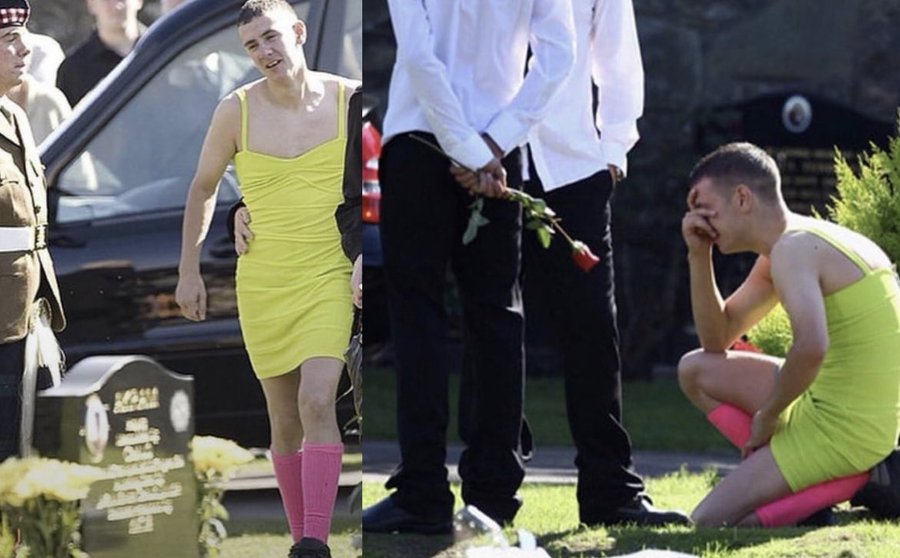
This is the funeral of Private Kevin Elliot, held in Dundee, Scotland, in 2009. In keeping with a long-standing agreement, his best friend Barry Delaney wore a bright green dress, fulfilling a promise that if one of them died in action, the other would wear a green dress to the funeral.
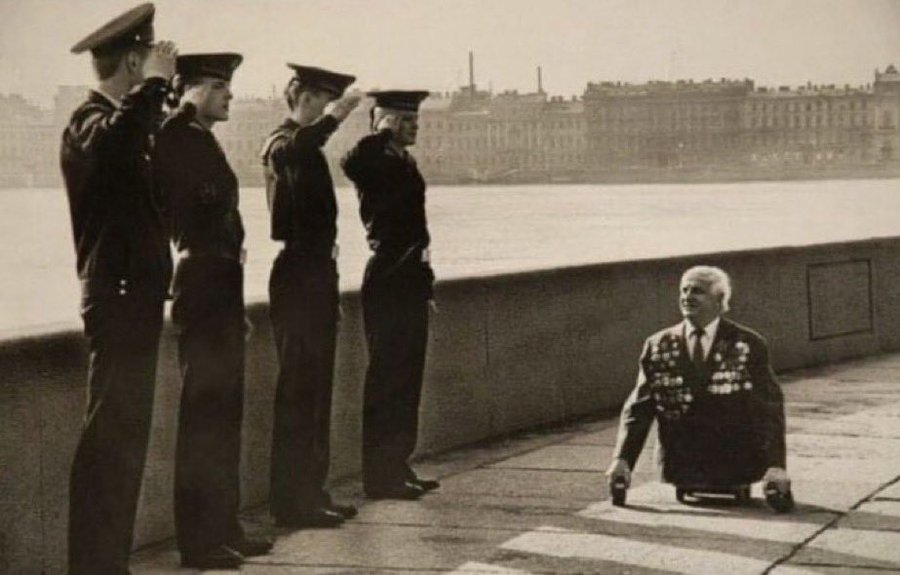
Photographed by Ivan Kurtov in 1989, this memorable image showcases Anatoly Golimbievsky, a World War II veteran who lost both his legs. The picture captures a poignant moment where he is being saluted by four young sailors.
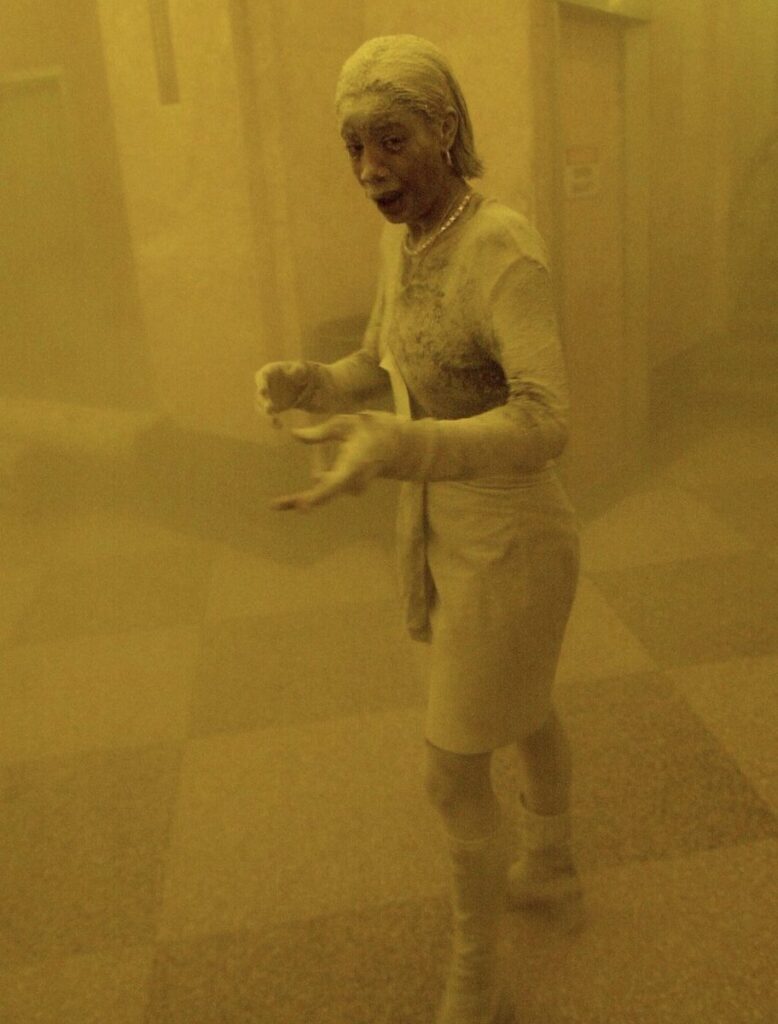
This photograph captures 28-year-old Marcy Borders, an employee at the World Trade Center’s Bank of America, moments after the South Tower collapsed on September 11. She was working on the 81st floor of the North Tower. Borders sought shelter in a nearby office building, her body and clothing heavily dusted from the debris. Despite the chaos, she was able to escape the initial disaster, though her life was profoundly affected by the events of that day.
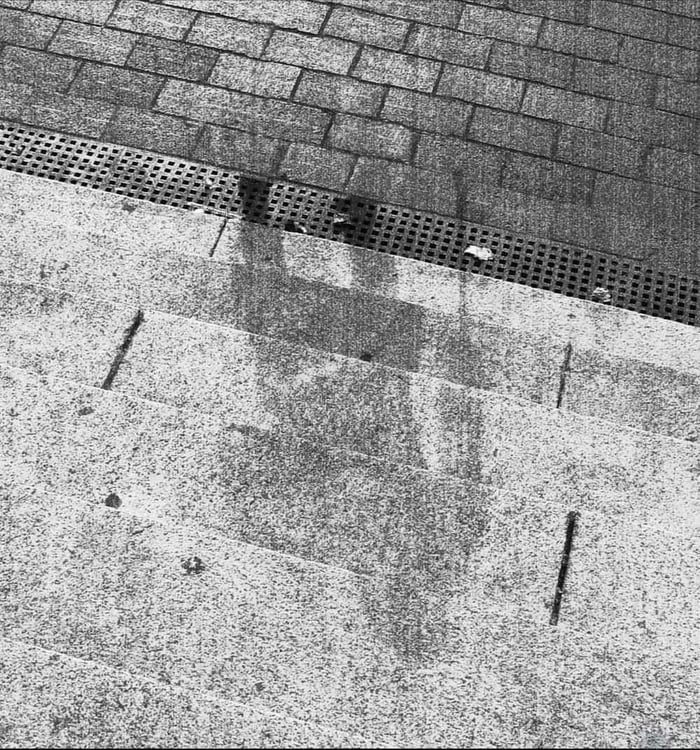
This is a permanent shadow of a man at the exact moment the atomic bomb “Little Boy” went off over Hiroshima, 1945.
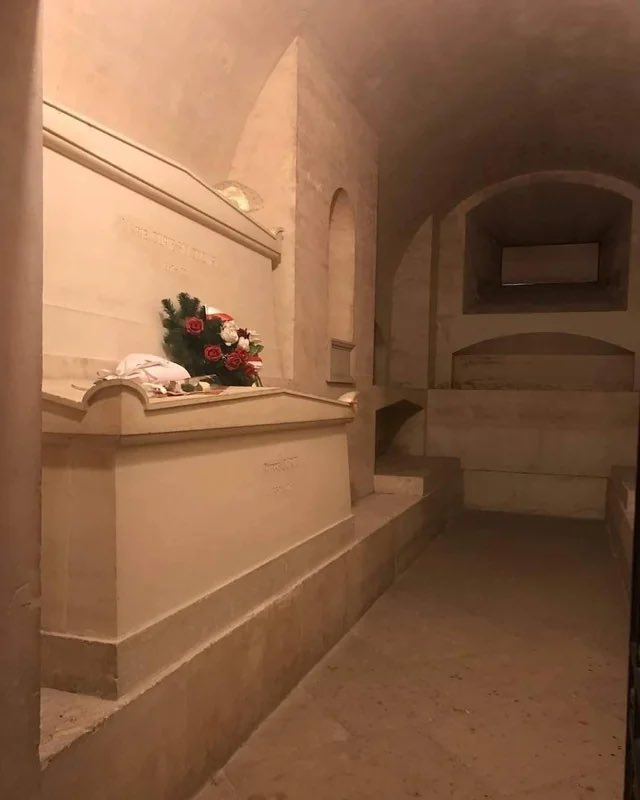
The tomb of Marie Curie, located in the Pantheon in Paris, is encased with three centimeters of lead to shield visitors from radiation, as her remains continue to emit radioactive particles.
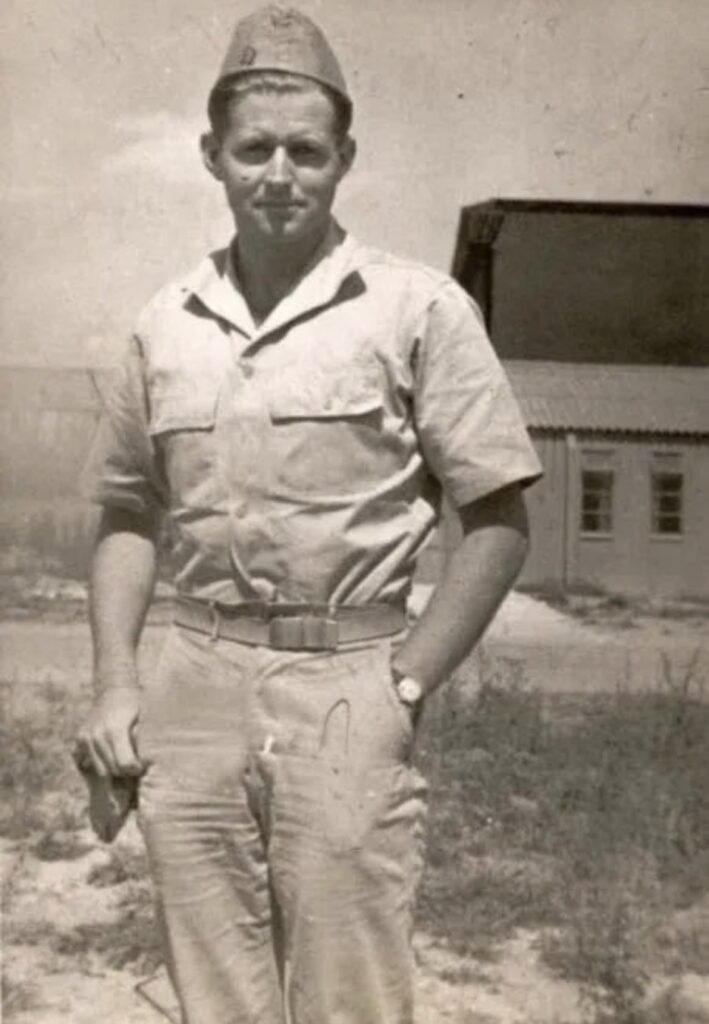
Joseph Kennedy Jr., the eldest of the Kennedy siblings, captured in a photograph moments before his final mission, where he met his end in the skies of war.

Photograph snapped by a paramedic outside a California hospital, capturing an ER doctor shedding a tear for a 19-year-old patient who didn’t make it.

At 4:31 AM, a clandestine photo was snapped of Stalin within the Kremlin, capturing the exact instant he learned of the imminent German capture of Kiev in 1941. The Soviet Union would go on to suffer a loss of approximately 27 million lives throughout World War II.
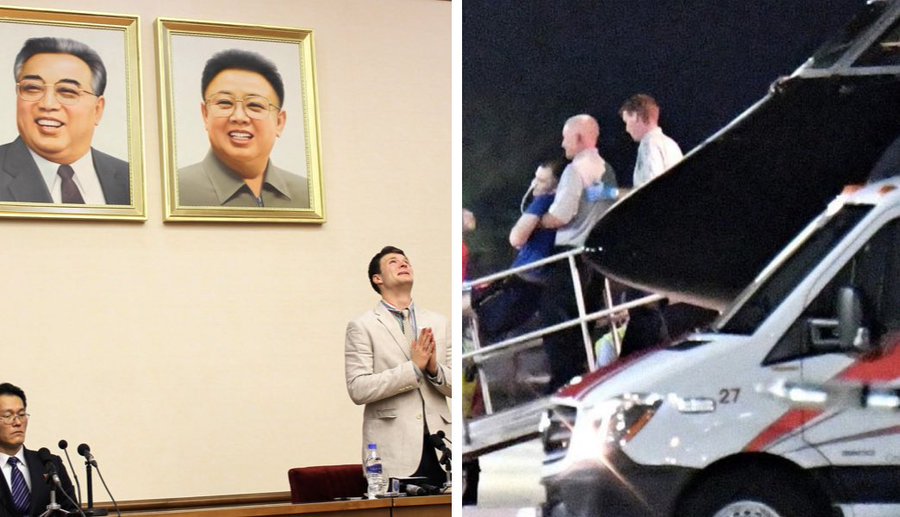
Otto Warmbier, an American college student, was detained in North Korea in 2016, accused of committing acts of subversion. He was released in June 2017 in a comatose state and passed away shortly thereafter. His family later received compensation amounting to $240,000 from seized North Korean assets.

A lone man about to be swept away by a tsunami in Hilo, Hawaii, in 1946.

Anne Frank’s father Otto revisiting the attic where they hid. He was the only surviving member of the Frank family.

Dianne Odell, who was diagnosed with polio at the age of three, relied on a 750-pound iron lung for nearly six decades. Tragically, she passed away due to a power failure that disabled the life-sustaining equipment.

Photograph of Propaganda Minister Joseph Goebbels upon learning that the photographer, Alfred Eisenstaedt, is Jewish.

Photograph of the notorious Jeffrey Dahmer passed out drunk.

Edmund Kemper laughs as the detective who arrested him struggles to unlock his handcuffs.

A photo taken in the summer of 1974 unintentionally captures Ted Bundy in his VW Beetle, as he searches for his next victim.

Photographs of Walter Yeo, the first individual to undergo plastic surgery, conducted by Sir Harold Delf Gillies in 1917. On May 31, 1916, during the Battle of Jutland, Walter Yeo sustained severe facial injuries, resulting in the loss of both his upper and lower eyelids while serving aboard the battleship HMS Warspite.

The atomic cloud over Nagasaki. This photograph was taken more than fifteen minutes after the detonation, from a distance of approximately 15 kilometers.

Taken in 1989 by Michael Schwarz, this photograph shows 33-year-old Tom Fox in his final moments before passing from AIDS, surrounded by his family at Sacred Heart Hospital in Eugene, Oregon.

British soldiers after their release from a Japanese prisoner of war camp in 1945.

In 1999, during the Kosovo War, a photograph captured the anguish of Mustafa Xaja, an Albanian man who had been separated from his children. Years later, the Newsweek journalist who initially took the photo revisited Kosovo, traveling to Mitrovica where Mustafa resided. Upon locating him, the journalist asked about his family. To his surprise, Mustafa shared the miraculous news that his wife and children were safe and had been reunited with him.

Haunting image shows debris from the collapse of the towers on September 11th, 2001, covering a cemetery.

Image from 1945 shows war criminals laughing at a translation mistake during the Nuremberg Trials.

Napalm strike in South Vietnam, 1966.

The dog tags of the 58,307 US soldiers who perished during the Vietnam War at the Harold Washington Library Center, Chicago.

Photograph by Franz Gayk depicting a Russian prisoner of war confronting Heinrich Himmler, 1941.

A U.S. marine giving a cigarette to an injured Japanese soldier buried in the sand at the battle of Iwo Jima in 1945.
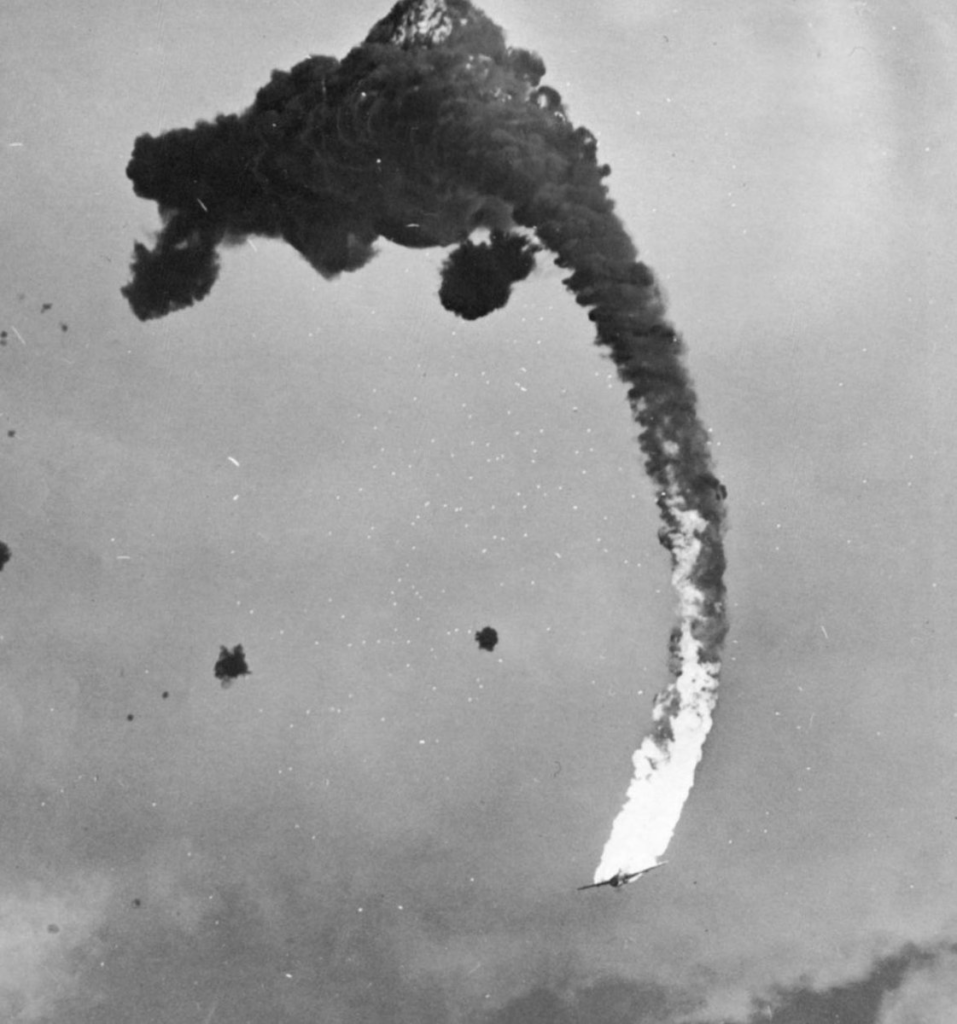
The very last moments of a Japanese dive bomber.

A photograph from 1947 depicts the back of a Japanese man who survived the atomic explosion in Hiroshima.

On February 20, 1967, members of the 1st Cavalry Division conducted an operation on the Bong Son Plain in central Vietnam, which resulted in the destruction of a village by fire. This action followed the passing of one of their soldiers due to a booby trap. The event was documented by freelance photographer Robert Hodierne.

In 1997, a poignant photograph captured the moment when 14-month-old Chanayuth Nim-anong was rescued from the wreckage of Vietnam Airlines Flight 815 in Phnom Penh, Cambodia, on September 3rd. Tragically, out of the 66 passengers and crew on board, the infant was the sole survivor.

Martin Pistorius suffered from locked-in syndrome, entering a coma-like state at a young age. He remained in this condition for 12 years, three of which were spent in a vegetative state. By the age of 16, he began to regain consciousness. Throughout this period, although he was completely paralyzed except for eye movement, he could still hear and understand his surroundings. On one poignant occasion, he overheard his mother express a wish for his death.
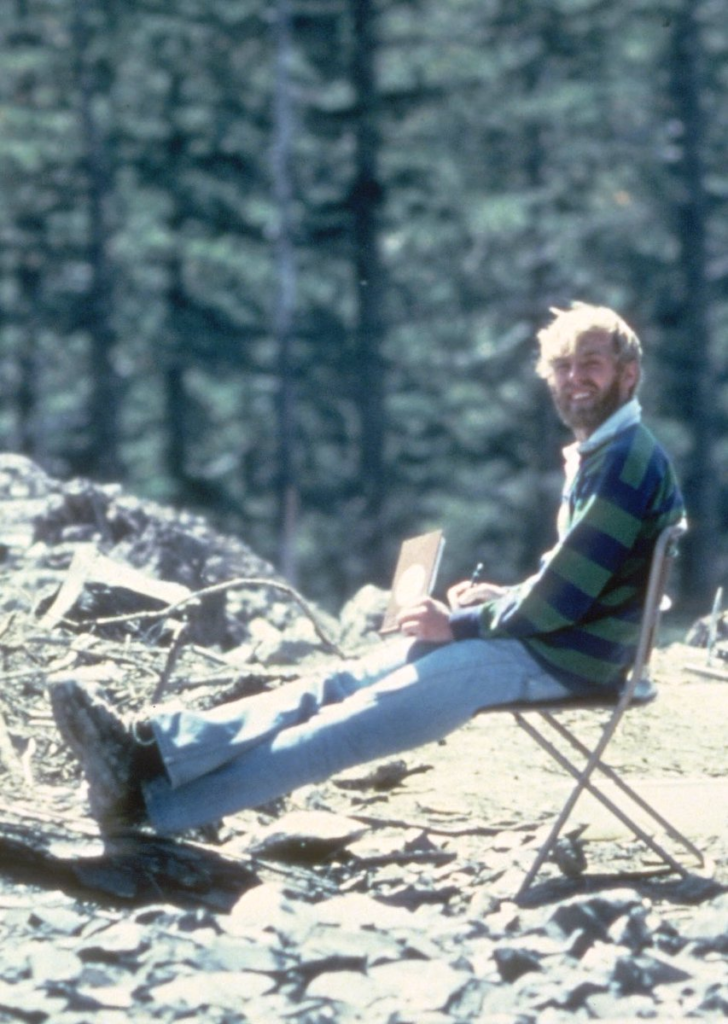
Volcanologist David A. Johnston photographed just 13 hours before his untimely passing. He was stationed at an observation post six miles from Mount St. Helens. On May 18, 1980, he became the first to report the volcano’s eruption, radioing his final words, “Vancouver! Vancouver! This is it!” His transmission ceased as he was overwhelmed by a lateral blast moving at nearly supersonic speeds.
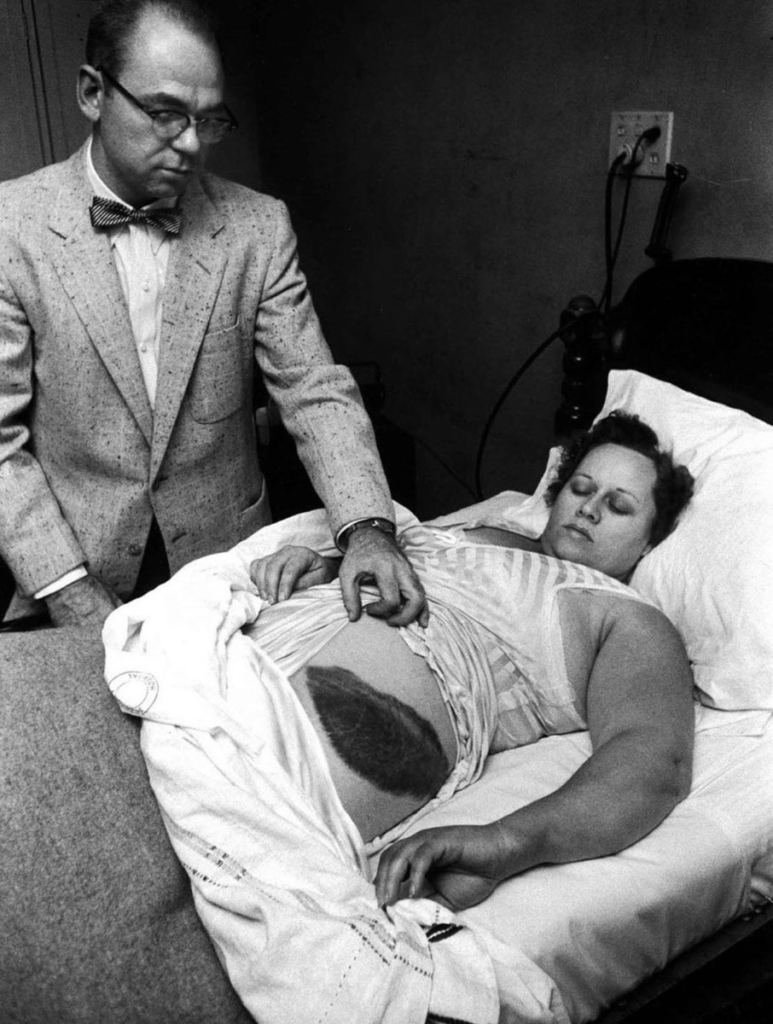
Ann Hodges shows off her bruise after being hit by a meteorite, 1954.
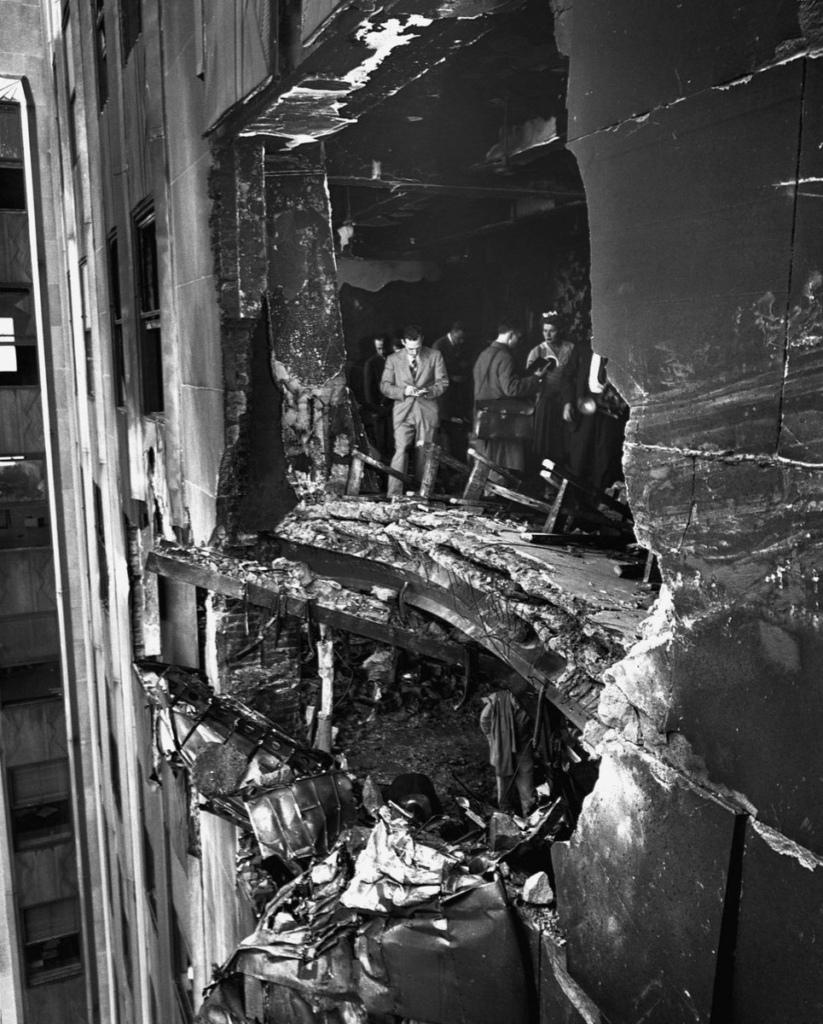
The 79th floor of the Empire State Building, after being struck by a B-25 Bomber, 1945.
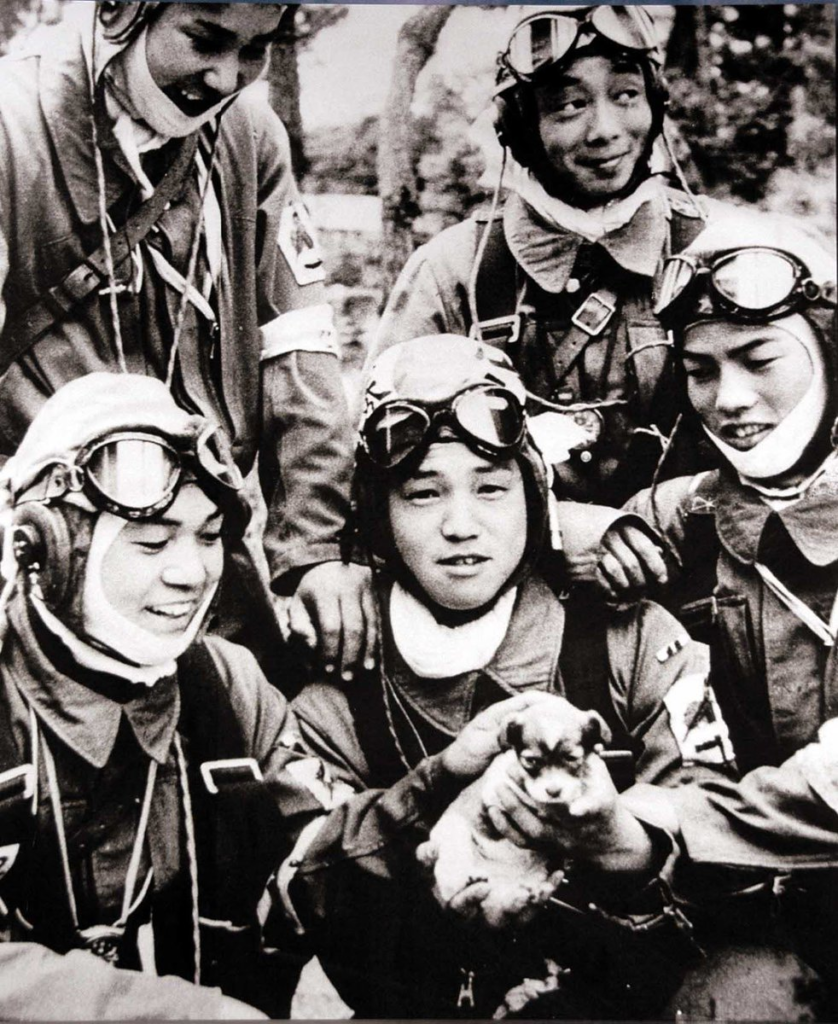
Here’s a photograph capturing 17-year-old Corporal Yukio Araki, center, with a puppy in his arms, surrounded by four other young men, all members of the 72nd Shinbu Corps. Yukio Araki is recognized as the youngest kamikaze pilot of World War II.

The tomb of Little Merrit Beardsley, an 8-year-old boy who passed away from an incurable illness in 1865. Just days before his death, he confided in his father that he was afraid of being buried in a dark tomb. To honor his wish, his parents had a window installed in his tomb.

A poignant image captures the anguish of Christa McAuliffe’s family as they witness the tragic explosion of the Challenger space shuttle in 1986, which claimed Christa’s life. Christa, a devoted schoolteacher, was aboard the mission to film an educational lesson in space. On January 28, 1986, the Challenger launched with Christa and six other crew members. Just 73 seconds into its ascent, at an altitude of over 46,000 feet, the shuttle disintegrated, resulting in the loss of all seven astronauts on board.

A heartbreaking photograph captures Senad Medanovic, the sole survivor of his family, discovering his home in ruins after the Bosnian army recaptured his village from Serb forces. He stands on what is believed to be a mass grave containing the remains of sixty-nine people, including his family.

An aerial view of Hiroshima, Japan, taken one year after the atomic bomb explosion on July 20, 1946.

This 1883 photograph captures the eruption of the Krakatoa Volcano, an event with the explosive power of a 200-megaton bomb. The eruption claimed over 36,000 lives and caused a global temperature drop of 0.6°C. The resulting tsunami waves reached heights of up to 150 feet, impacting ships as far away as South Africa.

Eight months after the Chernobyl nuclear accident in April 1986, workers discovered a surprising sight beneath the damaged No. 4 reactor: a black lava-like substance resembling a man-made volcano. One of these hardened masses, resembling an elephant’s foot, was aptly nicknamed the “Elephant’s Foot” by the crew.

This is one of the last photos of Rustem Vladimirovich Slobodin before he perished during the Dyatlov Pass incident. The Dyatlov Pass incident refers to the mysterious deaths of nine Soviet hikers in the northern Ural Mountains between February 1 and 2, 1959, under unexplained circumstances.
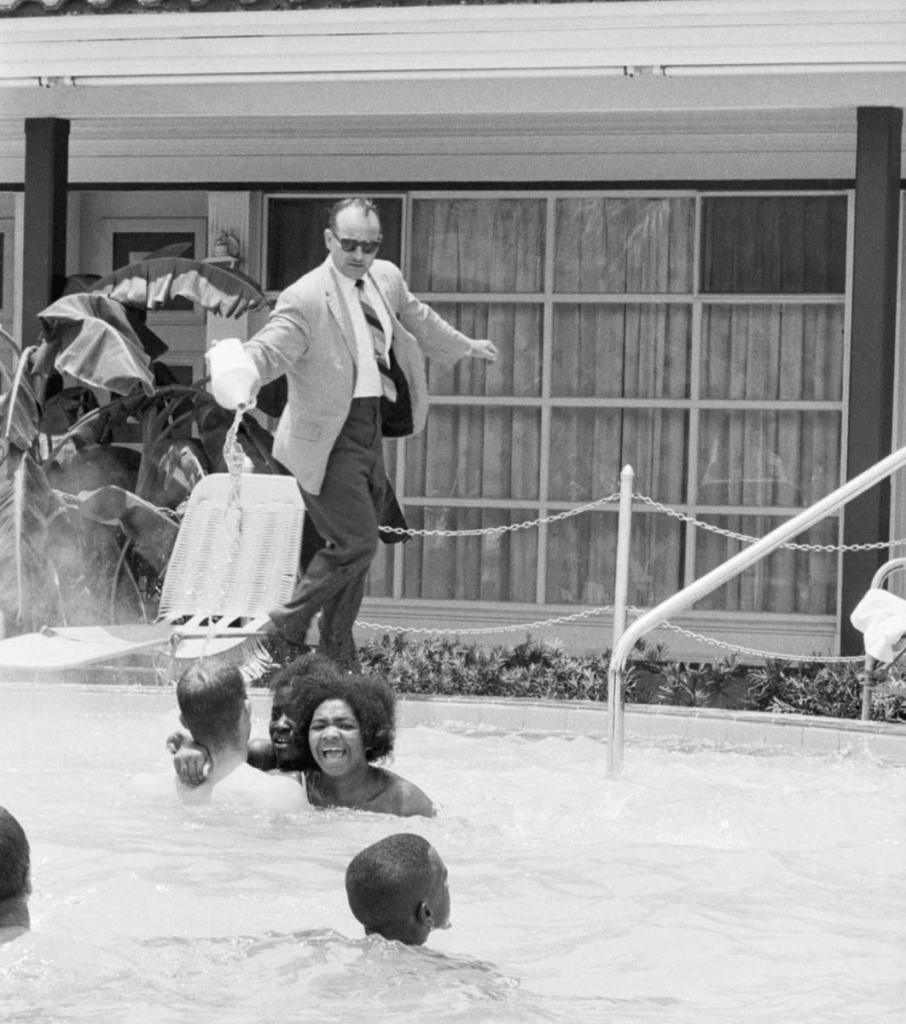
On June 18, 1964, motel manager James Brock intentionally poured muriatic acid into the swimming pool at the Monson Motor Lodge in an attempt to force black swimmers to leave the premises.

This is physicist Harold Agnew holding the nuclear core of the Fat Man atomic bomb, which was dropped on Nagasaki in 1945, which claimed the lives of about 70,000 people.

One of the last photographs showing the Dyatlov Pass Victims together.

Mike Tyson is seen shaking hands with Dale Hausner, a Phoenix criminal responsible for taking eight lives. A few days after Tyson met Hausner, who had posed as a sports writer, police arrived at the gym to inform Tyson about Hausner’s horrific crimes.

This is a picture of First Lady Rosalynn Carter in 1978 shaking hands with John Wayne Gacy, who was active in politics at the time. By that time, he had already taken the lives of over 20 young men.

The Imprint of a Mitsubishi kamikaze Zero scorched along the side of the Royal Navy H.M.S Sussex. 1945.

Hiroshima before and after the atomic bomb.

Last moments as a kamikaze dives on the USS Lexington. November 5, 1944.

Japanese soldier Shoichi Yokoi emotionally overcome on his return to Tokyo on February 2nd, 1972. He spent 28 years hiding in Guam refusing to believe WWII was over.
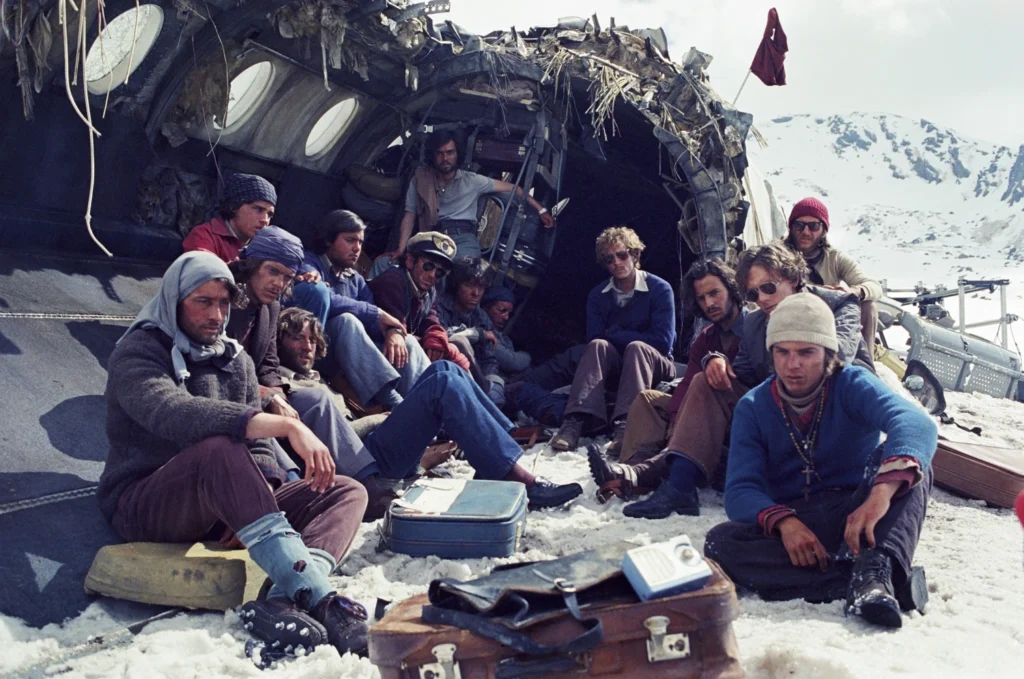
Some of the survivors of Uruguayan Air Force Flight 571, which crashed in the mountains.

Babies and nurses wearing gas masks during World War II.
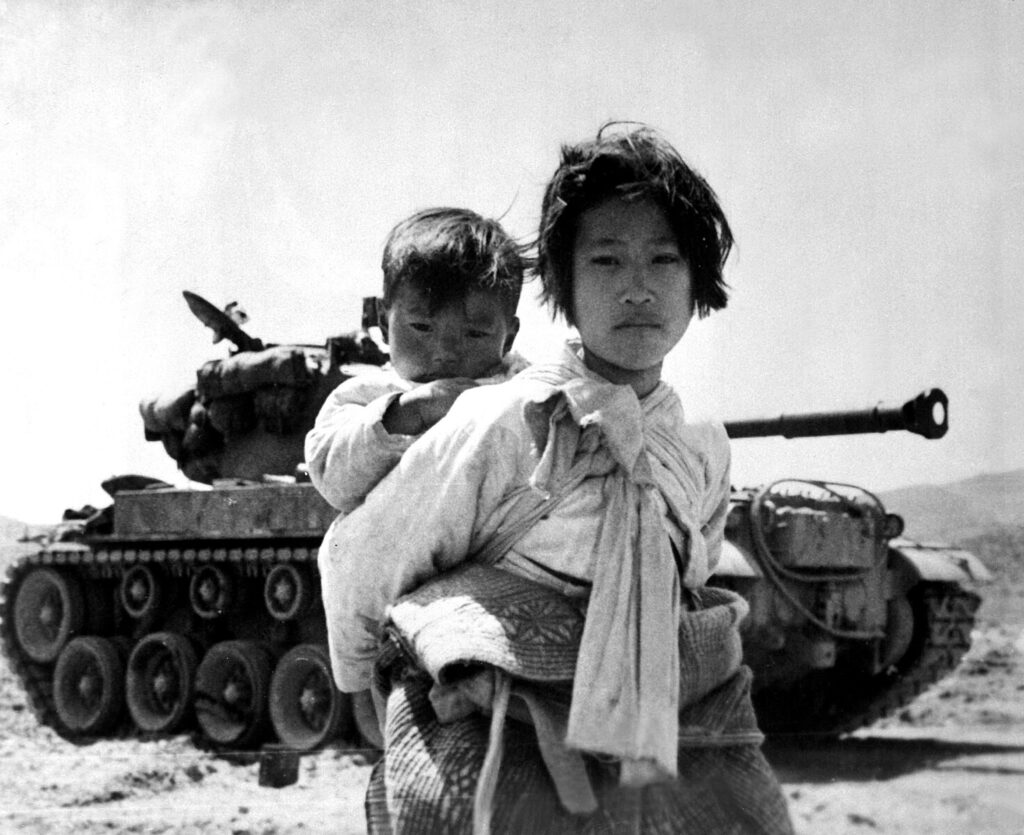
A young girl carries her younger brother during the Korean War.
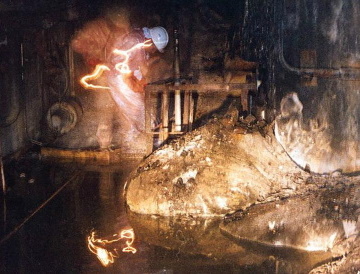
The “Elephant’s Foot” from the Chernobyl incident is a highly radioactive formation composed of corium and other debris.

Segregationists follow 6-year-old Ruby Bridges with a doll in a coffin.
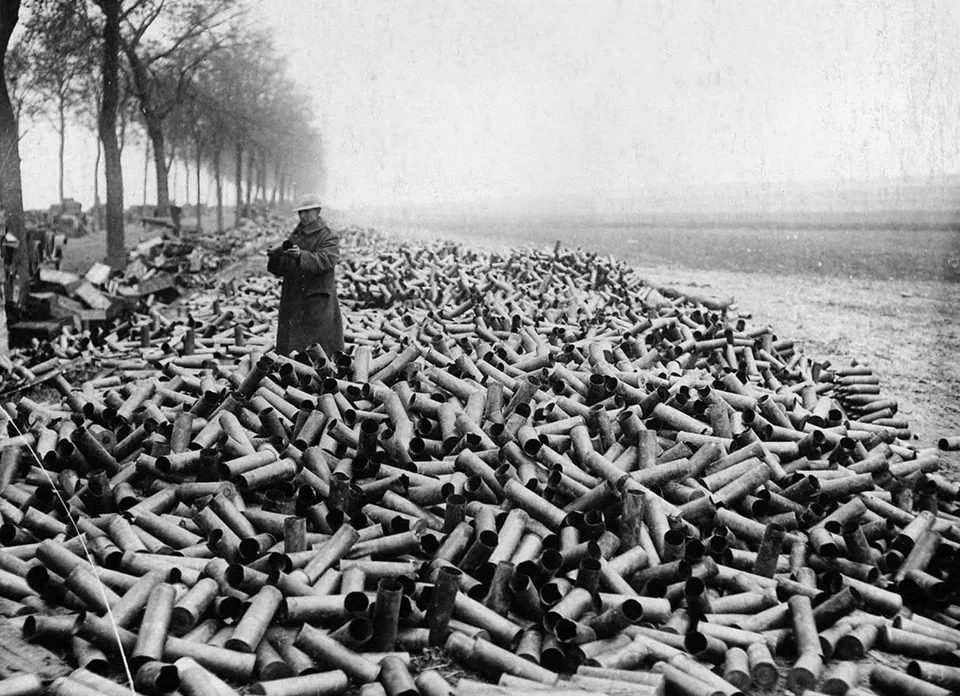
Shell casings from a single day of Allied bombardment on German positions in 1916.
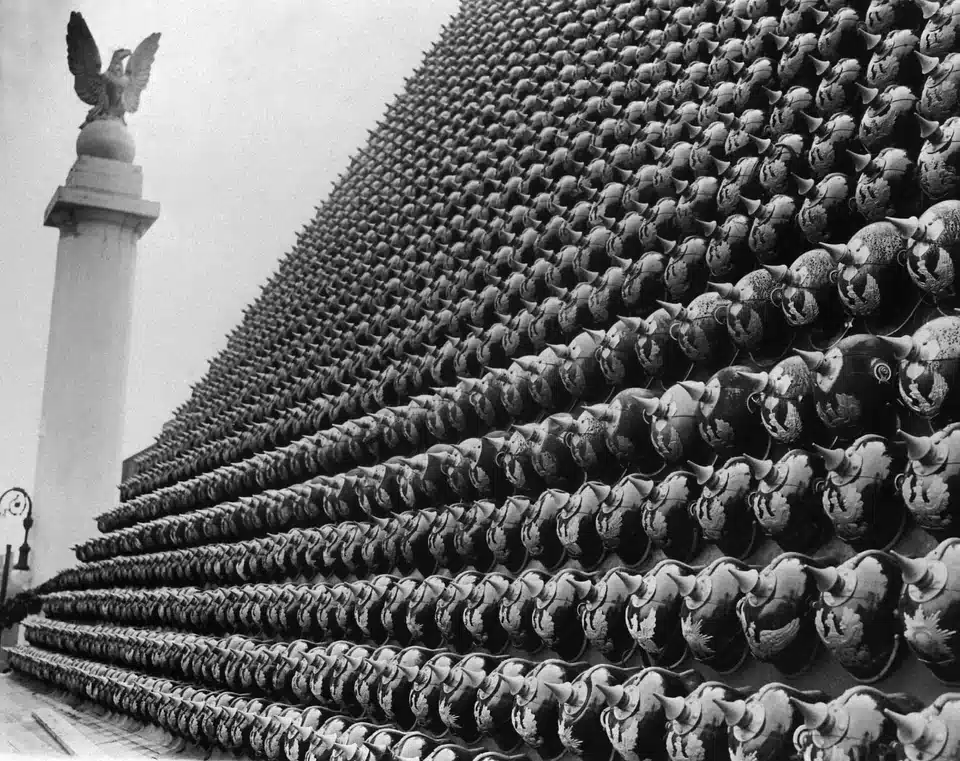
A pyramid of German helmets from World War I on display in New York, 1919.
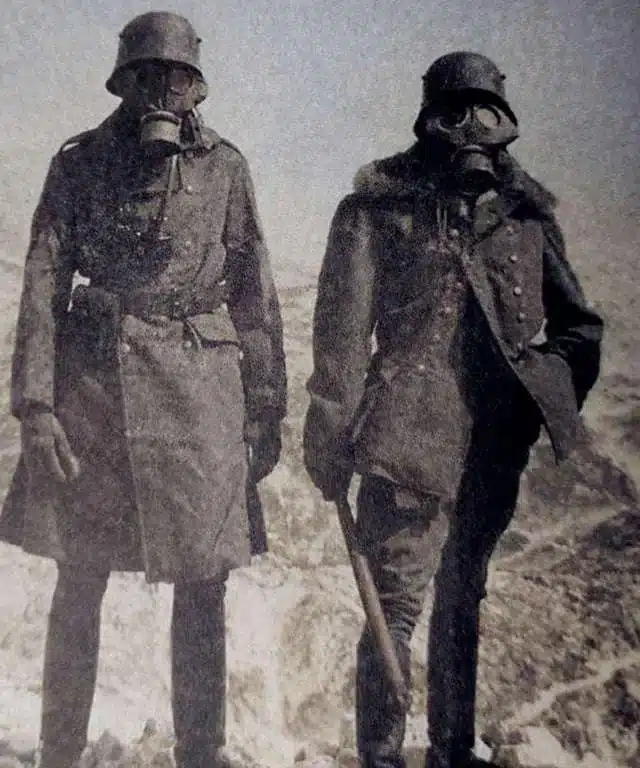
Trench raiders of the Austro-Hungarian Army near Caporetto, 1917.

